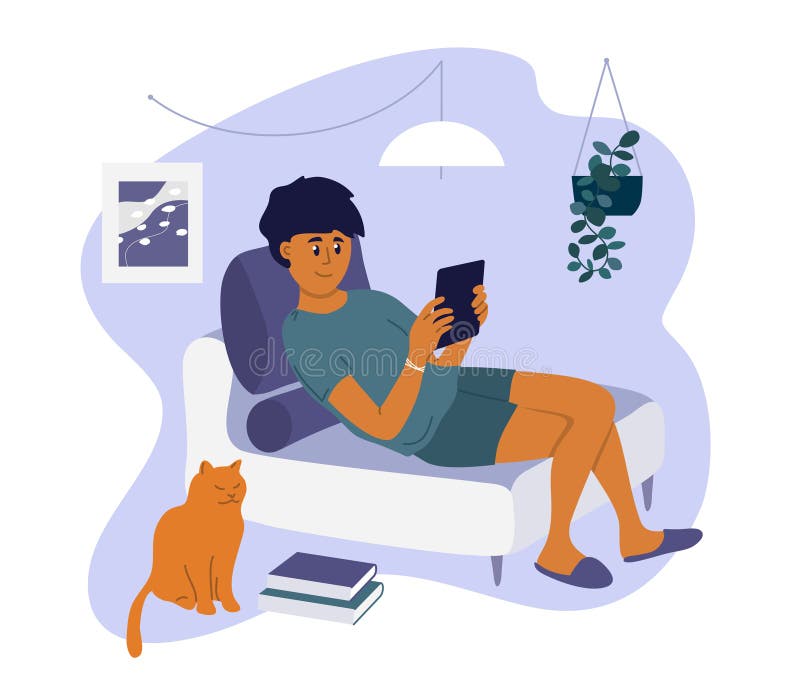
Dealing with Sherlock Holmes is not an easy task, and Watson obviously loses his patience a couple of times, but he’s never physically aggressive to Holmes, only “answering bitterly”, as described by him. Watson is intelligent and learns Sherlock’s deduction methods, though he’s not always successful when putting them into practice as he lacks Sherlock’s insight and capability of thinking outside the box (as the Great Detective said, he sees but doesn’t observe). Unlike Sherlock, there’s no detailed and consistent description of Watson’s physical appearance (after all, he’s the one telling the stories), only that he has a mustache. Of all characters taken from Conan Doyle’s stories, John Watson is the one with fewer differences. While Sherlock was hurt when Watson left, he never tried to sabotage their relationship nor was he rude to her, and Watson continued working with him after his marriage. Mary approaches the detective to help her solve a mystery involving her father, so he already knew her before she married Watson. As for Mary, it’s actually Sherlock who introduces her to Watson though not in a romantic context. His behavior towards characters like Inspector Lestrade and especially Mary Morstan are completely different in the film: in the books, although he’s not a fan of Lestrade’s work and finds him to be quite incompetent, their relationship is respectful but not without a snarky comment here and there.
HOME THE MOVIE BOOK HOW TO
Sherlock is dispassionate and cold, yet respectful and calm – Downey Jr’s version is impulsive and at times aggressive (though he does know how to fight in both the books and film), as well as impatient as he often blurts out stuff as it comes to his mind. The film, however, showed him as an untidy man even when not home. Aside from the physical differences, Sherlock Holmes is described as an eccentric man, and while he was well dressed most of the time, he had a tendency to be quite messy at home. While Robert Downey Jr’s performance was praised by critics and audiences, his version of Sherlock Holmes is different from the one in the books. The Great Detective has been adapted to television, stage, books, comic books, film and more, and each of them has a different perception of who Sherlock Holmes is, even if some try to stay as true to what Conan Doyle created as possible.

However, that doesn’t mean that there are no differences in how the characters were translated to the big screen, and here are the ones you will find.

Related: Sherlock Holmes: Everything That's Not In Canon (But People Think Is)Īlthough the film is based on characters created by Conan Doyle (except one, but more on that later), it’s not an adaptation of any case or book from Sherlock Holmes’ universe. as the title character and Jude Law as John Watson. Such is the case of Guy Ritchie’s 2009 film, simply titled Sherlock Holmes, with Robert Downey Jr.
HOME THE MOVIE BOOK SERIES
Sherlock Holmes became so popular (and continues to be) that he has been adapted to all types of media for over one hundred years. Times change and Sherlock and Watson have been adapted to more modern settings in recent years, such as BBC’s Sherlock and the series Elementary, but others have chosen to stay true to the original setting of the stories.

In total, there are four novels and 56 short stories telling a variety of cases solved by the Great Detective and his friend Dr. Created by Sir Arthur Conan Doyle, Sherlock Holmes first appeared in A Study in Scarlet, published in 1887, and became very popular thanks to a series of short stories published in The Strand Magazine, beginning in 1891 with “A Scandal in Bohemia”. Guy Ritchie’s Sherlock Holmes offered yet another version of the famous detective, and like many others, it took some creative liberties not only with the characters but with the story as well.


 0 kommentar(er)
0 kommentar(er)
